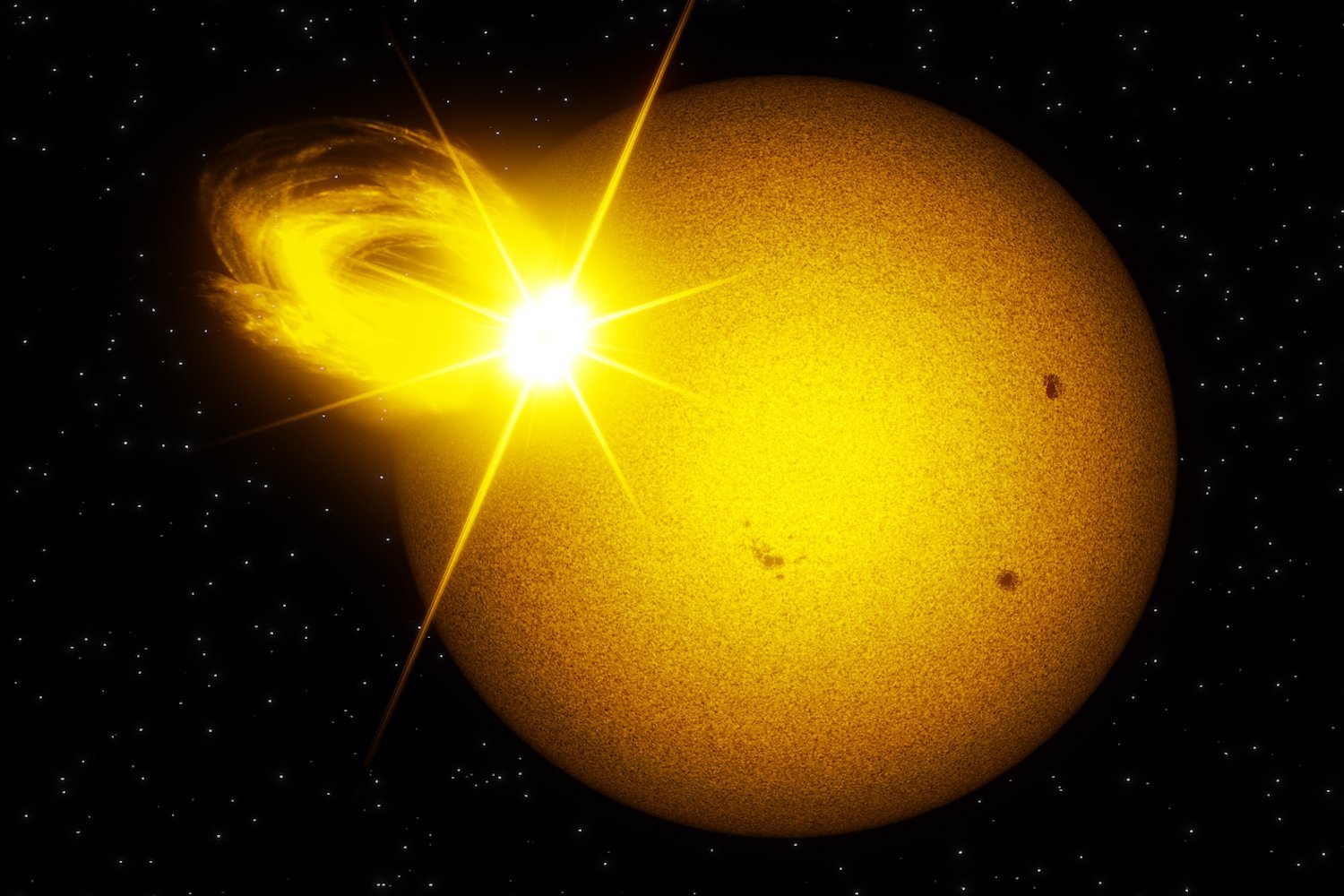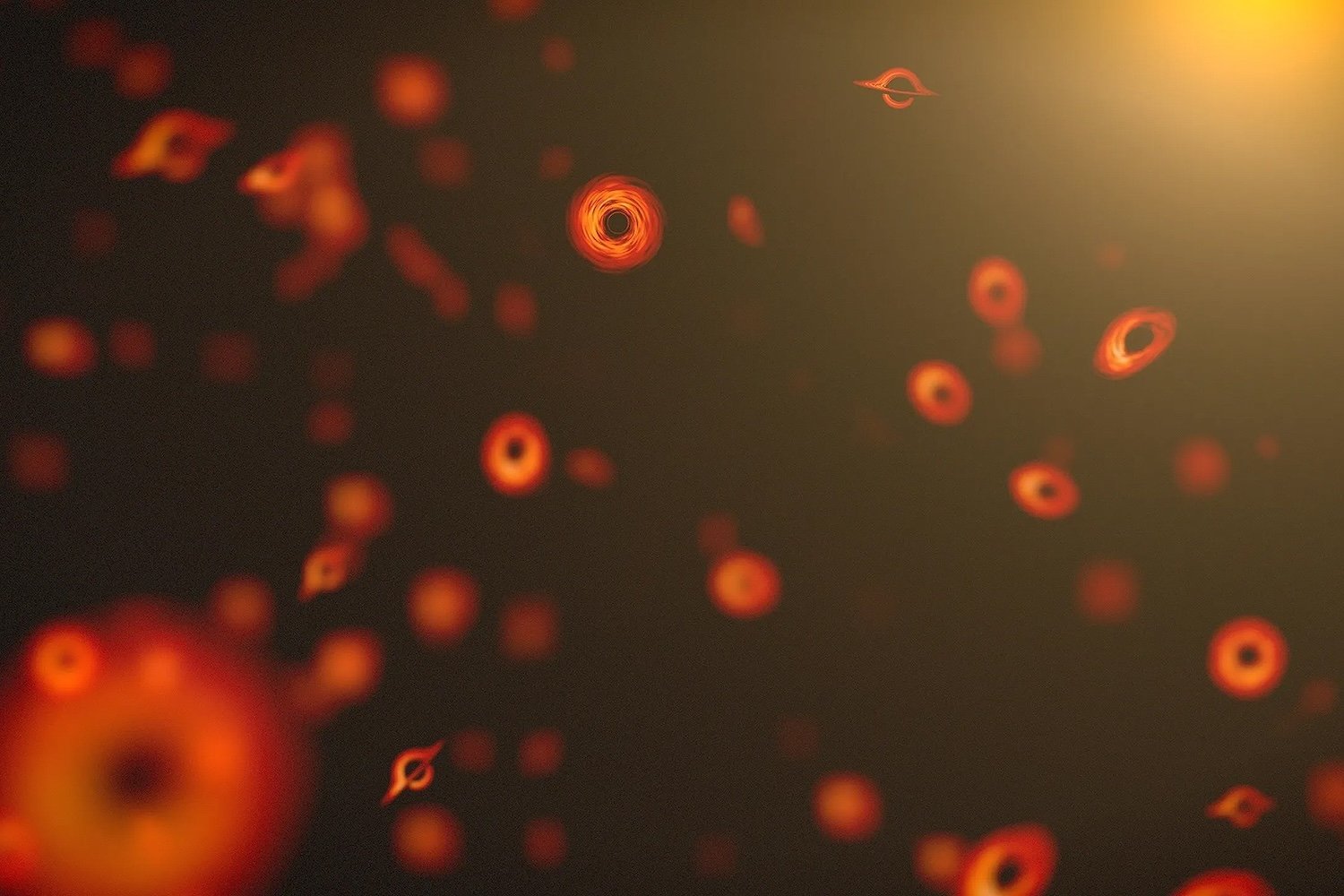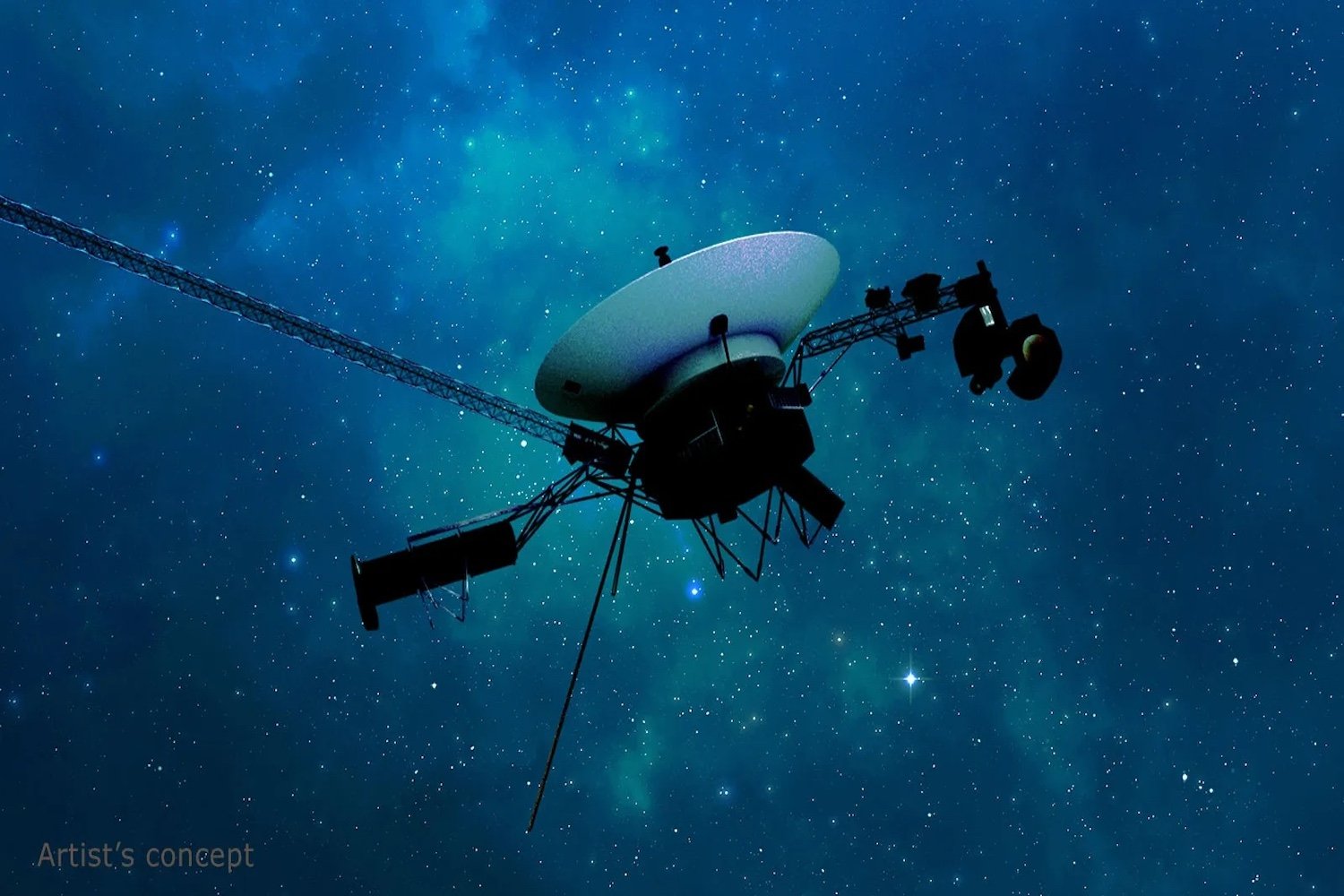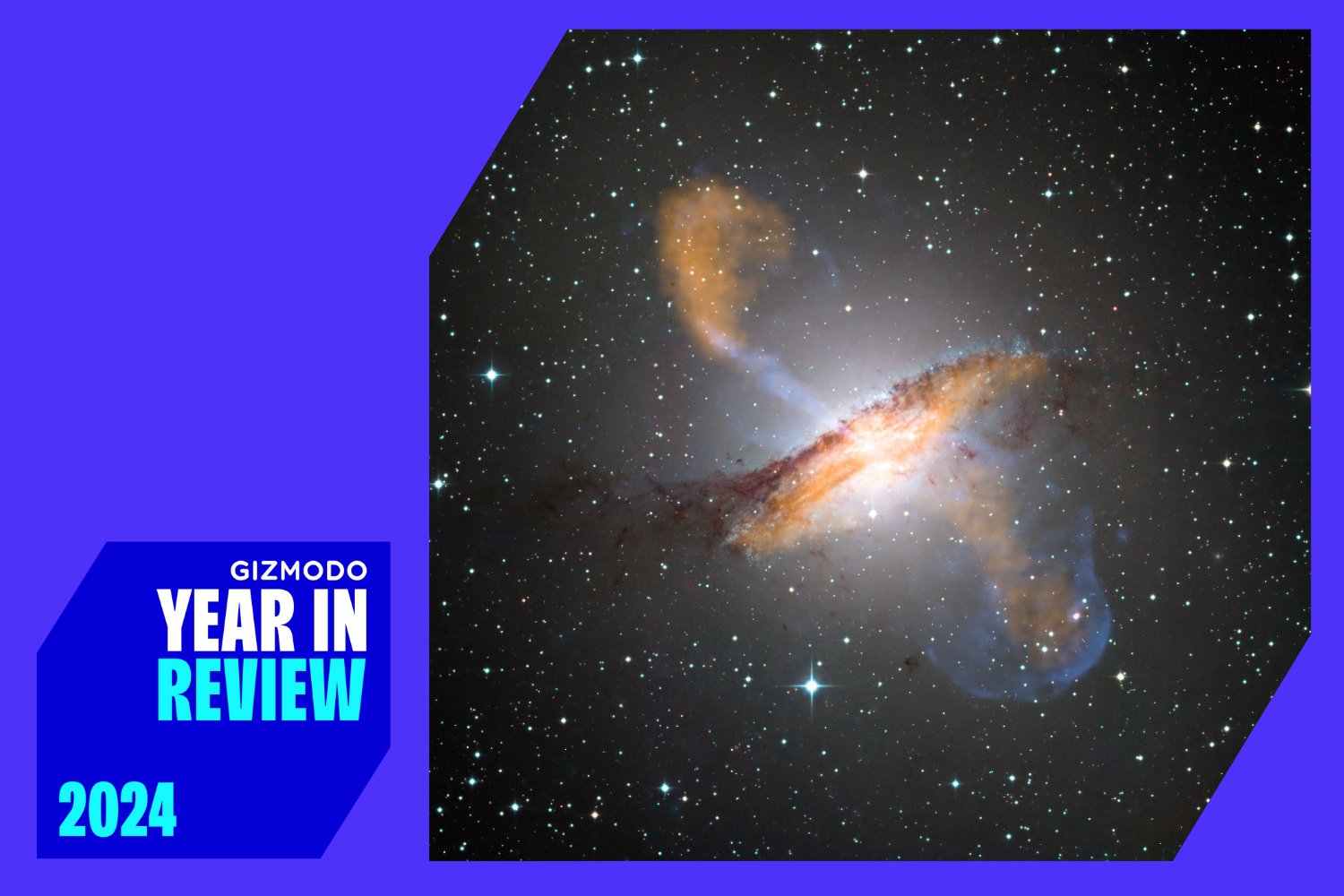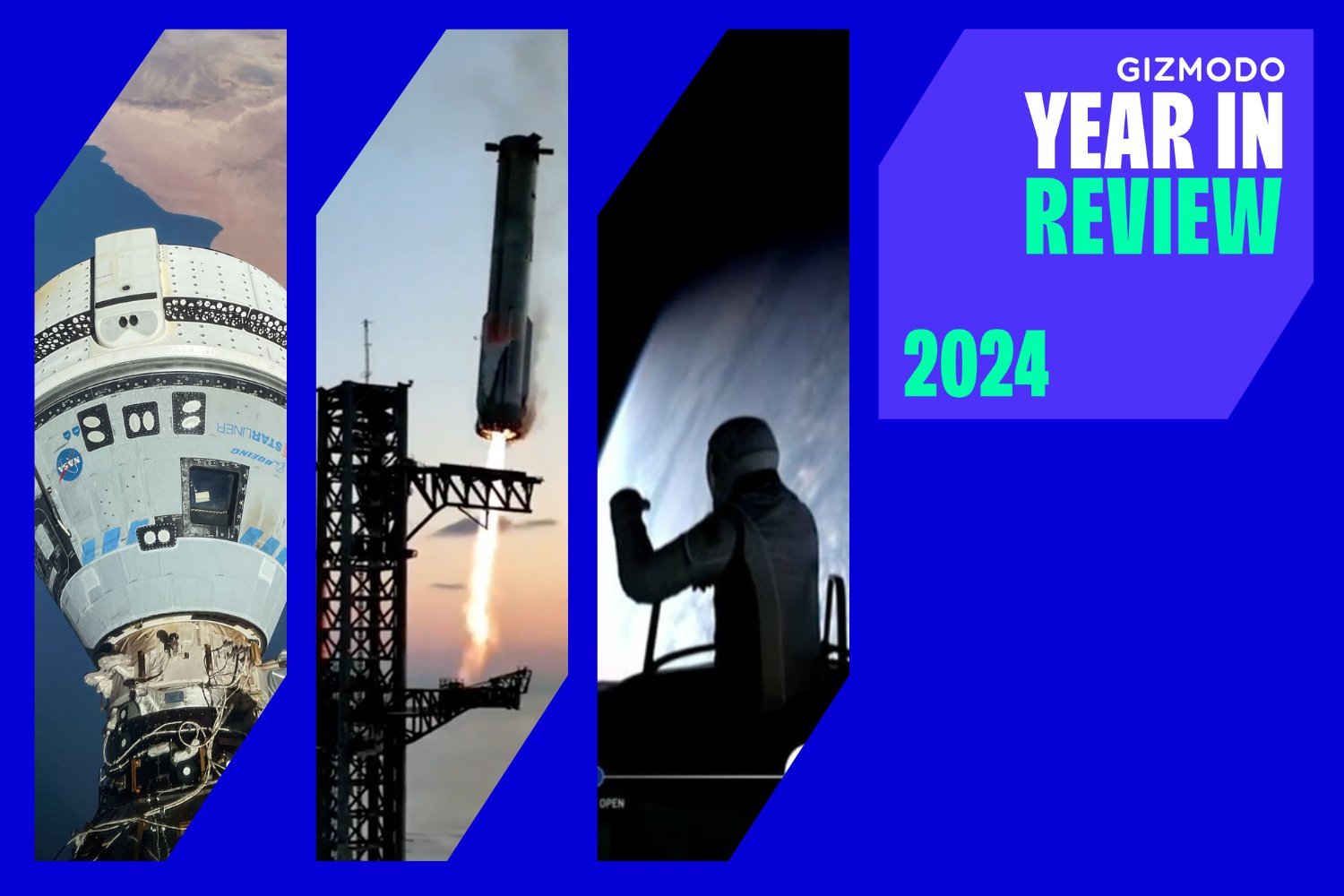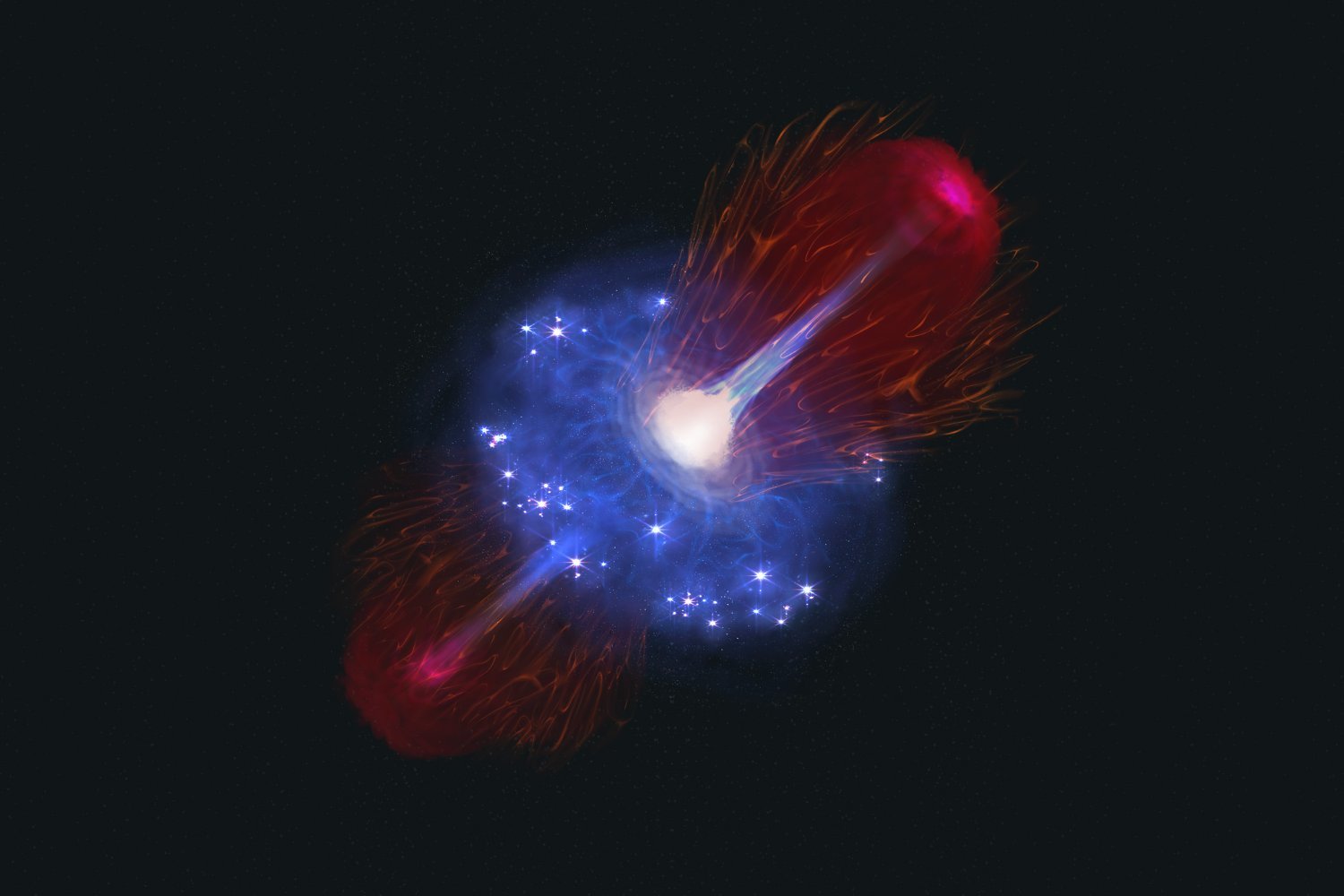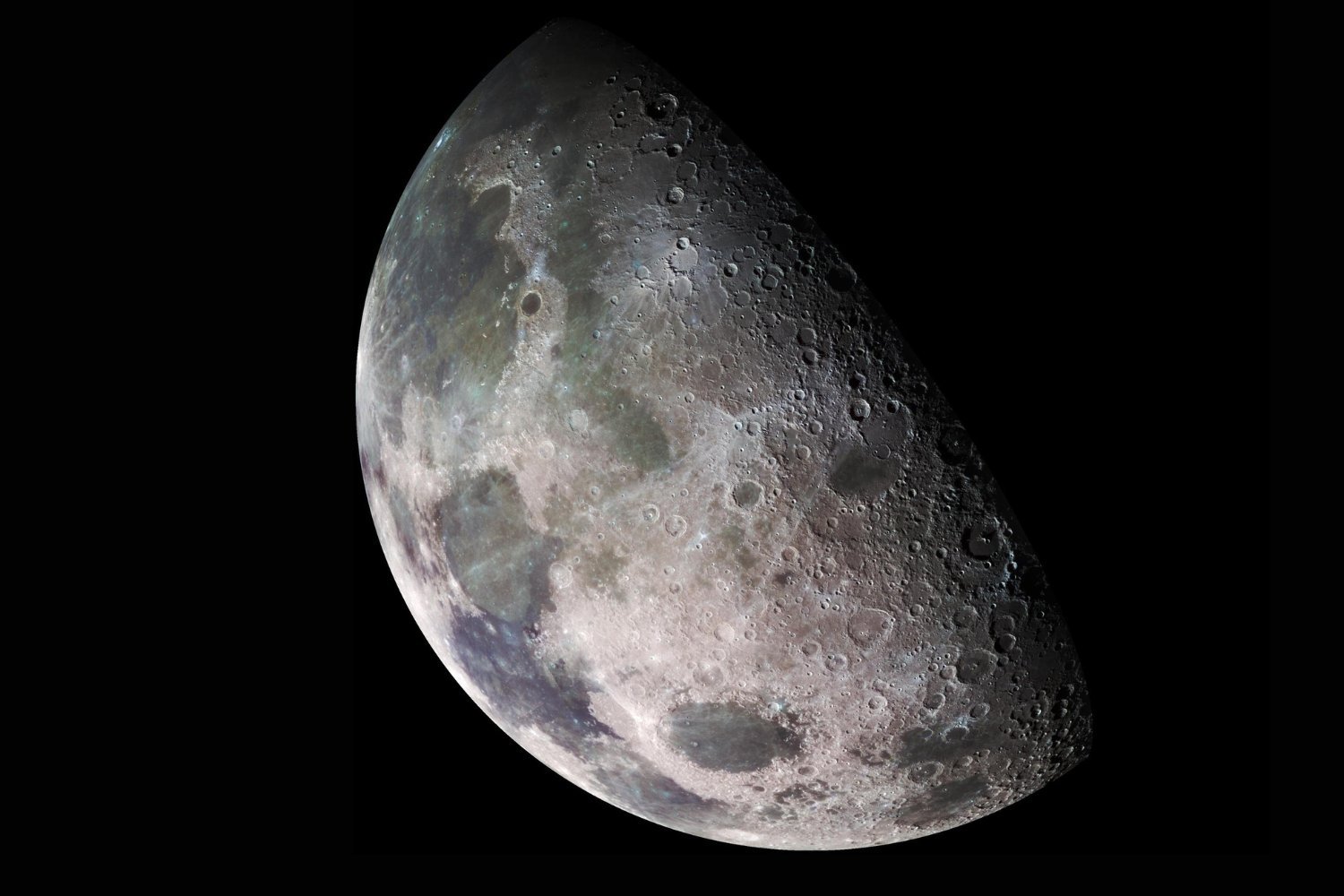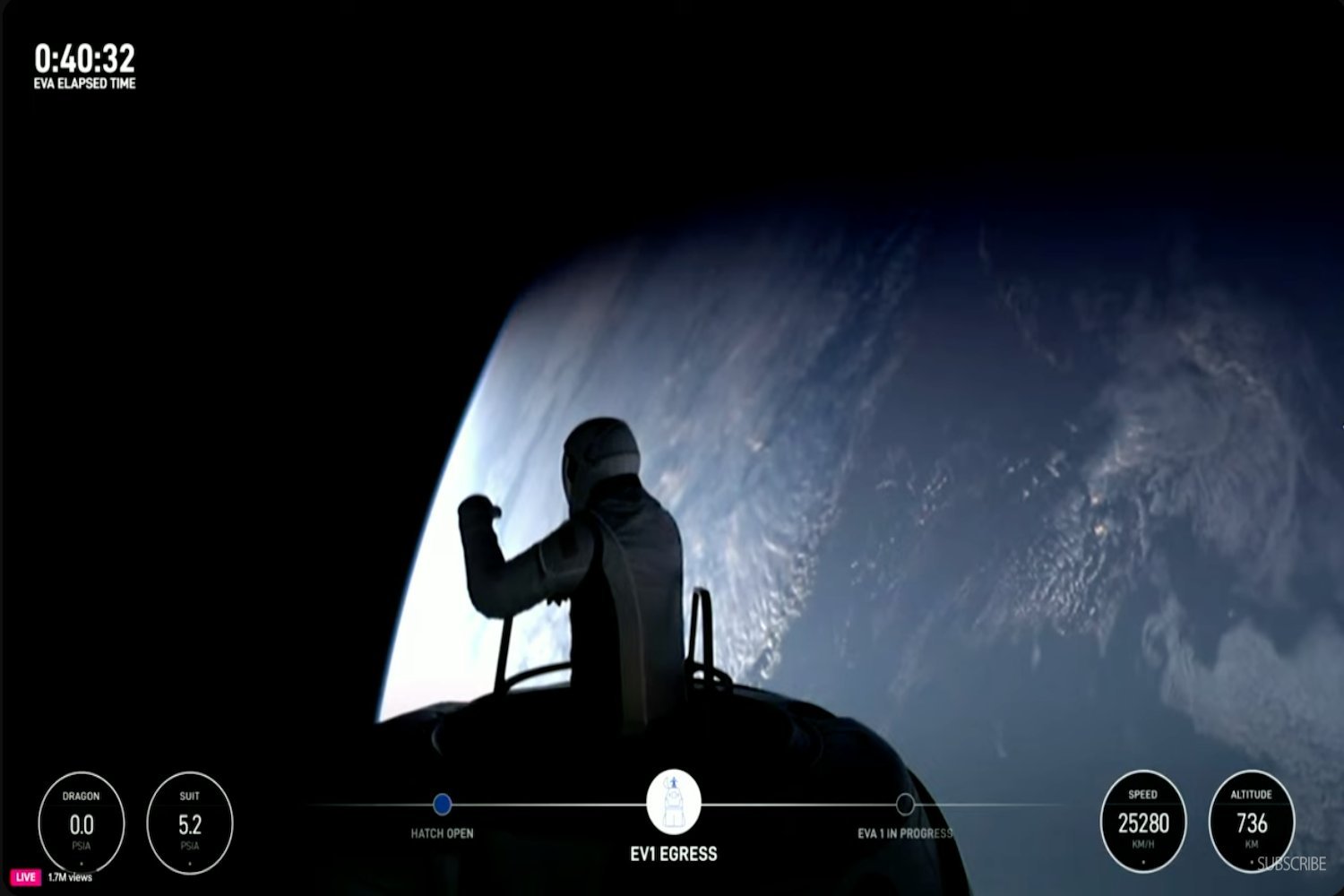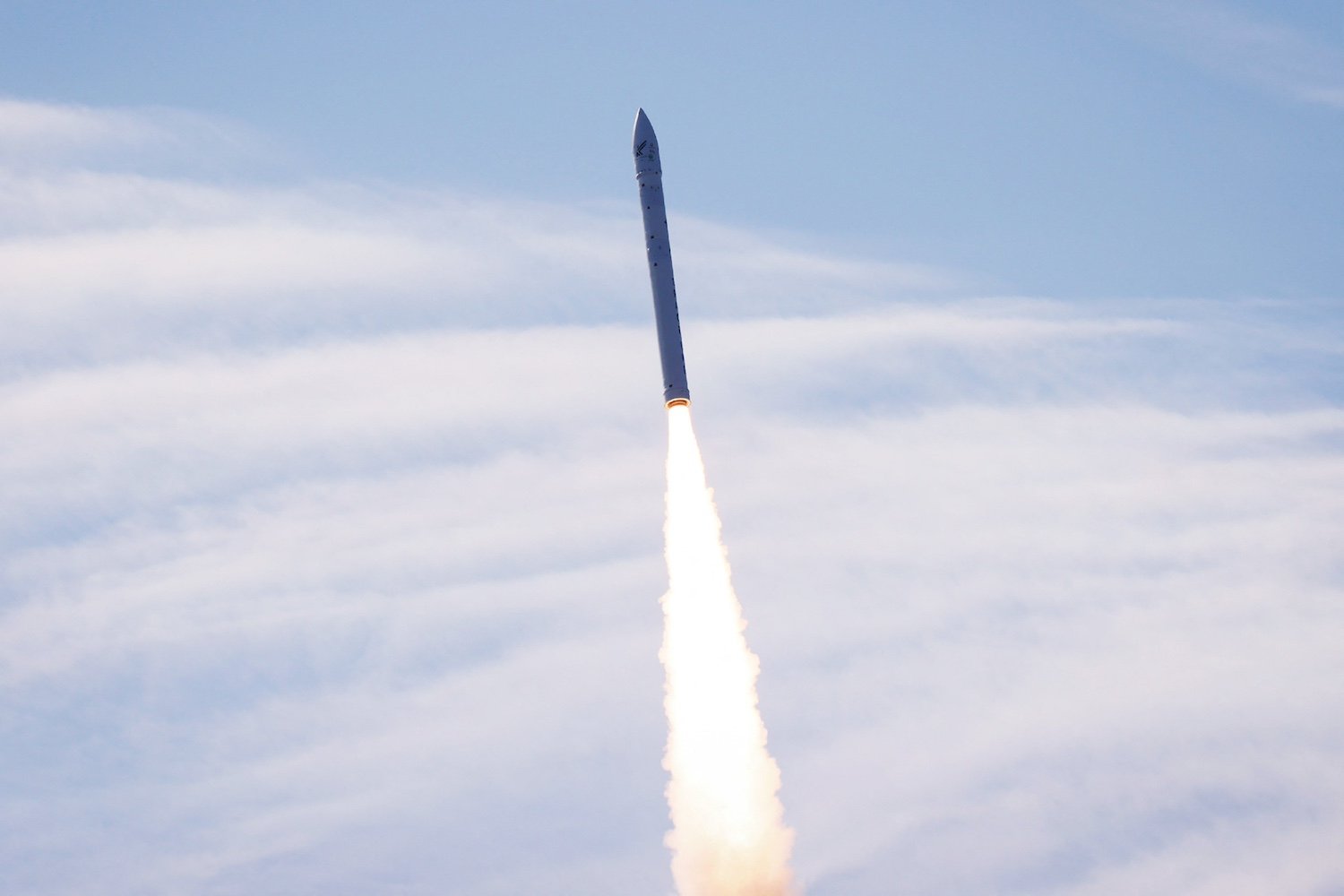Earlier this year, Earth witnessed two geomagnetic storms triggered by solar radiation bursts, impacting satellites and communication systems. This raises a critical question: could the Sun produce even more powerful solar flares?
The Sun, our solar system’s anchor, is a massive ball of plasma. Billions of similar stars exist throughout the cosmos. While close-up solar study has spanned only about 60 years, observing Sun-like stars at various life stages offers insights into our star’s potential behavior. To determine if the Sun could generate superflares—thousands of times stronger than typical solar flares—scientists analyzed data from 56,000 Sun-like stars. The team identified 2,889 superflares across 2,527 stars, suggesting that stars with comparable temperatures and variability to our Sun produce superflares approximately once per century.
Whether our Sun can produce a superflare remains unknown, as no such event has been recorded. While past extreme solar activity has left isotopic traces on Earth, these events lacked the energy levels expected from a superflare, according to recent research. However, the findings, published in Science, offer valuable insights into the Sun’s nature and could improve predictions of future geomagnetic storms affecting Earth’s technology.
“We aimed to determine the frequency of superflares on our Sun. Direct solar observation periods are relatively short,” explained Valeriy Vasilyev of the Max Planck Institute for Solar System Research and the study’s lead author, in an interview with MaagX.
Instead of solely relying on solar observations, the researchers leveraged data from NASA’s Kepler space telescope, which searched for exoplanets for nine years. “An alternative is analyzing extensive data from space telescopes like Kepler. By observing around 56,000 Sun-like stars over four years, we effectively gained the equivalent of approximately 220,000 years of solar observations,” Vasilyev added.
The study revealed that superflare frequency aligns with observed solar flare patterns from the Sun, suggesting a shared mechanism. A regular solar flare, an immense explosion propelling high-speed particles into space, releases energy equivalent to ten million volcanic eruptions on Earth. Superflares are a staggering 10,000 times more powerful.
Solar flares are a natural aspect of solar activity. The Sun follows an 11-year cycle impacting its activity level. NASA confirmed that the Sun is currently in its solar maximum, a period of heightened activity marked by intense solar flares and coronal mass ejections. In May, a G5 (extreme) geomagnetic storm, the first in over 20 years, impacted Earth due to large plasma expulsions from the Sun’s corona (coronal mass ejections). This storm affected Earth’s power grid and caused thousands of satellites in low Earth orbit to shift position.
“If accompanied by a coronal mass ejection (CME), a superflare could trigger extreme geomagnetic storms on Earth,” Vasilyev warned. “Such storms could severely disrupt technological systems.”
Further research is needed to determine if the observed stars differ significantly from the Sun or if their activity reflects our star’s future potential. The Sun is categorized as a typical yellow dwarf star. However, recent findings show the Sun exhibits significantly lower brightness variability compared to other Sun-like stars in Kepler’s field of view. “This suggests the Sun is less active than most solar analogs,” Vasilyev noted.
The study considered this factor by including a larger, more representative sample of Sun-like stars. However, it remains unclear if this impacts the Sun’s capacity for superflares like its stellar counterparts.



